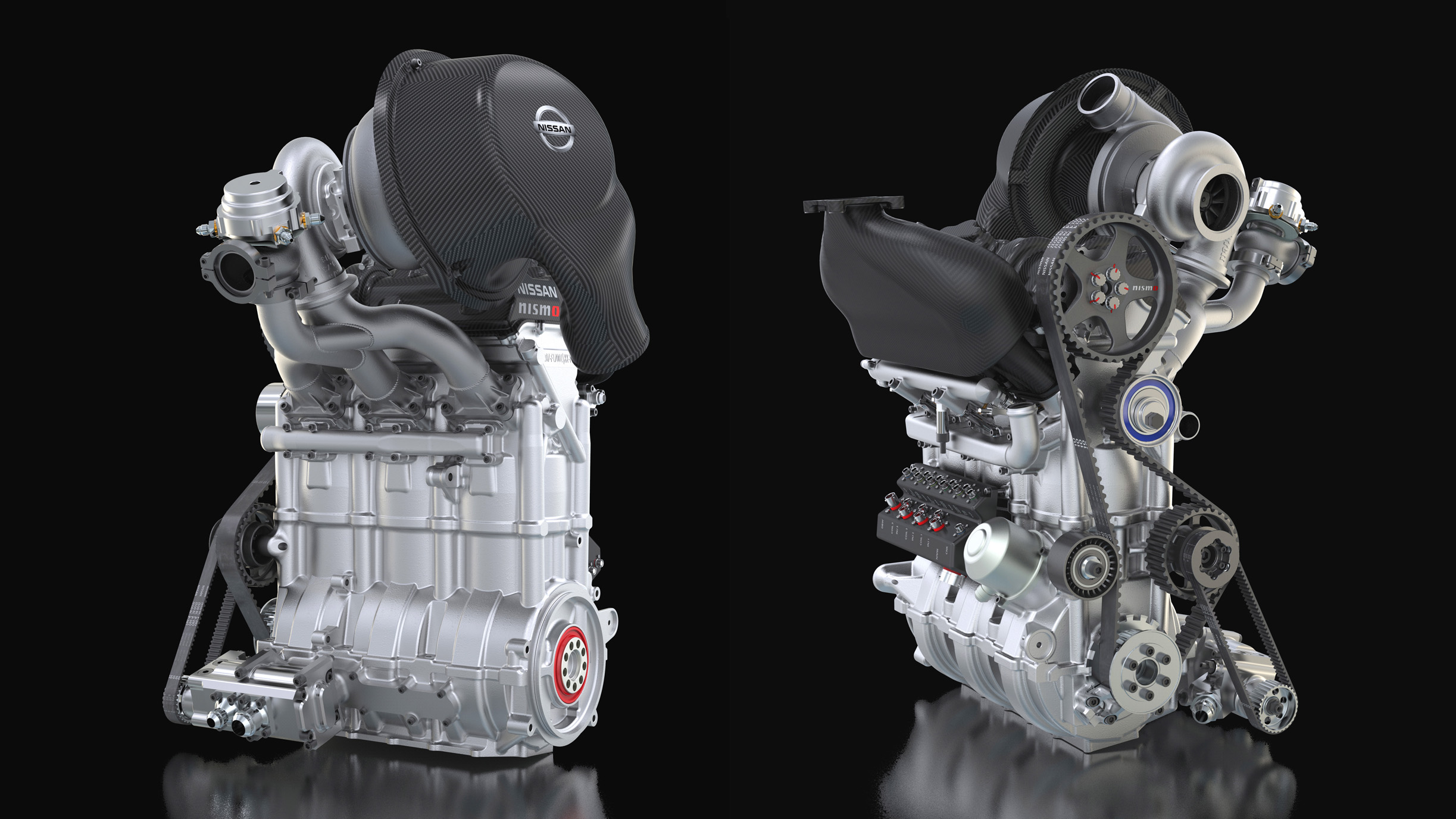

The DeltaWing raised more than a few eyebrows when it showed up at the 2012 24 Hours of Le Mans. Racing under the Garage 56 banner, the experimental single-seater was shaped like a land-bound fighter jet and powered by a Nissan-branded four-cylinder. That powertrain was optimized over the next few years, culminating in a 400-horsepower, three-cylinder mill that weighed merely 88 pounds. The project eventually fizzled out, and the little engine’s whereabouts were unknown to the public until Drivetribe tracked it down in a British workshop.
In hindsight, the engine and the car it powered didn’t go very far; they were stored in a facility owned by the RML Group, which developed both. The engine is a marvel of engineering: Nicknamed Diglett after a Pokémon, it weighs about as much as a modern, 125cc Vespa engine, yet boasts more than 10 times the displacement and develops 400 hp and 279 lb-ft of torque. These figures give it a better power-to-weight ratio than the engines that powered Formula 1 cars in that era. It’s tiny, too. In January 2014, Nissan bragged that the 19.68-inch tall, 15.74-inch long, and 7.78-inch wide triple was compact enough to take as carry-on luggage on a plane. Sounds like a challenge to us.

Nissan
RML managed to build such a power-dense engine by leveraging weight-saving solutions, according to Drivetribe. The valve cover is notably made using carbon fiber, and components like the pulleys are much smaller than those you find on regular production engines. Keep in mind that this was developed as a racing engine, too, so engineers had fewer restrictions than if they were developing a motor for, say, a mass-produced crossover. For example, the cylinder head and the block are cast as a single unit, which eliminates the need for a head gasket.
Although promising and extremely innovative, the engine remained at the prototype stage instead of ending up modified for street use. Nissan’s current three-cylinders are a lot less exciting. In Europe, you can get the Juke with a 1.0-liter turbocharged triple rated at 114 horsepower.

Thankfully, these days you’re not entirely out of luck if you want a power-dense three-cylinder engine. Toyota’s 1.6-liter turbocharged triple develops 300 horsepower and 295 pound-feet of torque in the GR Corolla. It also powers the GR Yaris and, against a great many odds, the Lexus LBX Morizo RR crossover.
Got tips? Send ’em to tips@thedrive.com